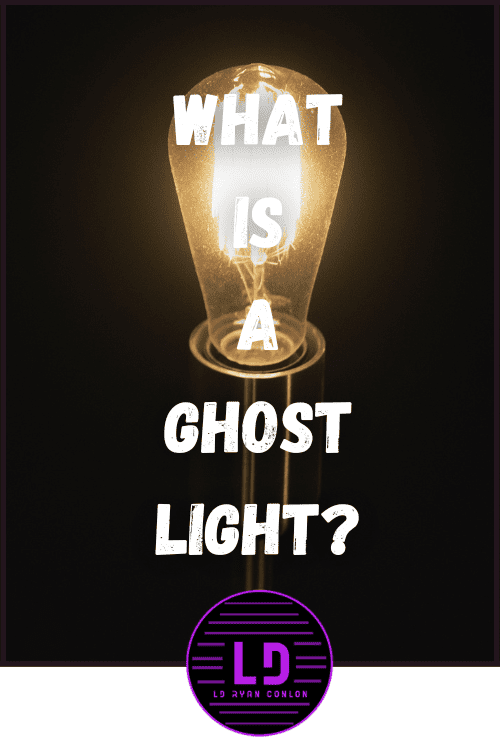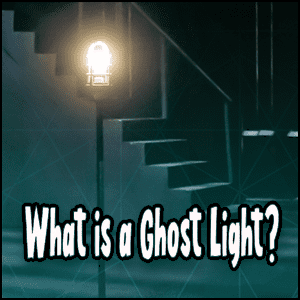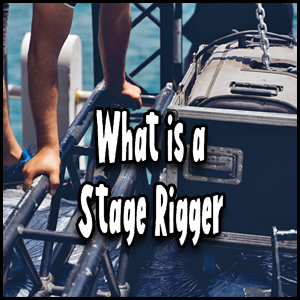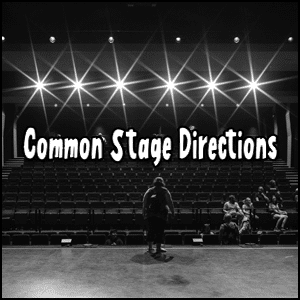
Have you ever heard of a ghost light in the theater? What is a Ghost Light? A ghost light is an illuminated bulb that is left on stage, typically at center-stage or in the middle of a theater, after performances and rehearsals have been completed for that day.
With its seemingly supernatural presence, it’s no surprise that these mysterious fixtures are often associated with ghost stories and urban legends. But why was this unusual tradition born — and what purpose does it really serve?
In this article, we’ll explore the fascinating history behind this iconic theatrical fixture as well as debunk some common myths about what truly lies beneath its glowing aura.
Read on to learn more about the mysteries surrounding this mesmerizing piece of theatrical equipment!
What is a Ghost Light in a Theater?
A ghost light is a bare bulb left burning on stage when the theater is closed. It serves as a nightlight to prevent accidents, and some say it also wards off ghosts.
The tradition of the ghost light dates back to the days of vaudeville and has been passed down through generations of theater people.
While the origins of the ghost light are unclear, its purpose is clear: to keep theaters safe and spirit-free.
Where did the ghostlight come from?
The ghost light is an interesting phenomenon, shrouded in mystery and spooky lore.
Its origin is a matter of speculation, but many argue the ghost light has been around for centuries.
Scholars point to its presence in theater production, suggesting it was used in old playhouses and opera houses.
Historical records support this theory, offering insights into its purpose: to keep wandering spirits away from the stage and protect actors from harm.
From its murky beginnings to its current use in stages around the world, ghost lights continue to command curiosity and respect among generations of theater-goers even today.
How a Ghost Light can help improve theater safety
Ghost lights are a unique and necessary piece of equipment used in theaters. These ghost lights are sturdy lamps that are left on center stage during periods when the stage is not in use.
They provide a soft source of light and create an inviting atmosphere while also helping to increase safety measures.
By leaving ghost lights illuminated on the empty stage, theater staff can deter unwanted visitors or accidental intrusions by providing increased visibility as well as discouraging tripping hazards hidden in darkness.
In addition to boosting visibility and preventing unexpected entry, ghost lights help protect theatrical backdrops, props, and other set pieces from potential theft or damage that may occur because of minimal light sources available during off-hours.
Ghost lights ultimately promote theater safety by illuminating a welcome aura for rehearsing or performing actors while also deterring would-be intruders from entering the stage space.
When did Theaters Start using the Ghost Light?
The ghost light has been a tradition in theaters since the beginning of live performances.
It is thought to have originated in the late 19th century when theaters began using gas lighting for their productions.
As safety regulations required that the theater be completely dark during performance, the ghost light served as an illuminated item onstage to ensure the visibility of any dangerous objects and provide a sense of security for backstage crew at late night rehearsals.
Today, ghost lights can still be found on stage in virtually every theater around the world – a testament to theater’s rich history and culture!
Why Ghost Lights are an important theatrical tool?
Ghost lights have been a staple of theatrical tradition for centuries. They are the single source of light on an otherwise dark stage and give a sense of life to a theater when it’s empty.
Yet ghost lights have a far greater purpose than simply setting the mood; they protect both the actors, crew and theater itself.
Not only does it keep people from tripping over onstage set pieces during tech rehearsals, but ghost lights also help crews locate obstructions or safety hazards in low light conditions.
Indirectly, ghost lights act as protectors when they remind people that the theater should not be used as a storage closet or meeting place outside of rehearsal hours – that way all cast and crew members can feel safe entering their work environment without fear of anything misplaced or hazardous lurking in the shadows.
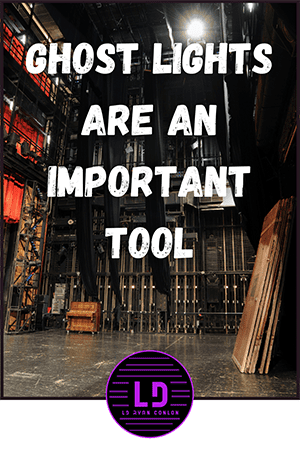
Does every theater have a ghost?
Theater is full of exciting energy and thrilling stories, which have captivated audiences for centuries. As a result, folklore has it that ghostly spirits are still roaming the halls of many grand venues.
Whether or not these ghost stories are entirely true or exaggerated remains an open question.
One thing for certain is that all theaters come with their own ghost light, a single lit bulb that attempts to ward off any potential ghostly guests unknowingly invited on stage.
Such stories make up part of the theater’s story-telling history and bring communal theater-goers together in anticipation and mystery.
Conclusion
In this article we’ve outlined what Ghost Lights are, how they can help improve theater safety, and why they are such an important tool for any stage production.
Have you ever worked on or seen a production that utilized Ghost Lights? Let us know about your experience in the comments below!
Read More
- 9 Common Stage Directions You Should Know – Stage Right Stage Left
- How to Become a Freelance Lighting Designer
- What is a Stagehand? Everything You Need to Know About Stagehands 2022
- What Is In My Stage Lighting Tech Kit – Plus 5 Worthwhile Extras
[scriptless]
Pins for Pinterest
If you like what you see, feel free to share some love on Pinterest <3
